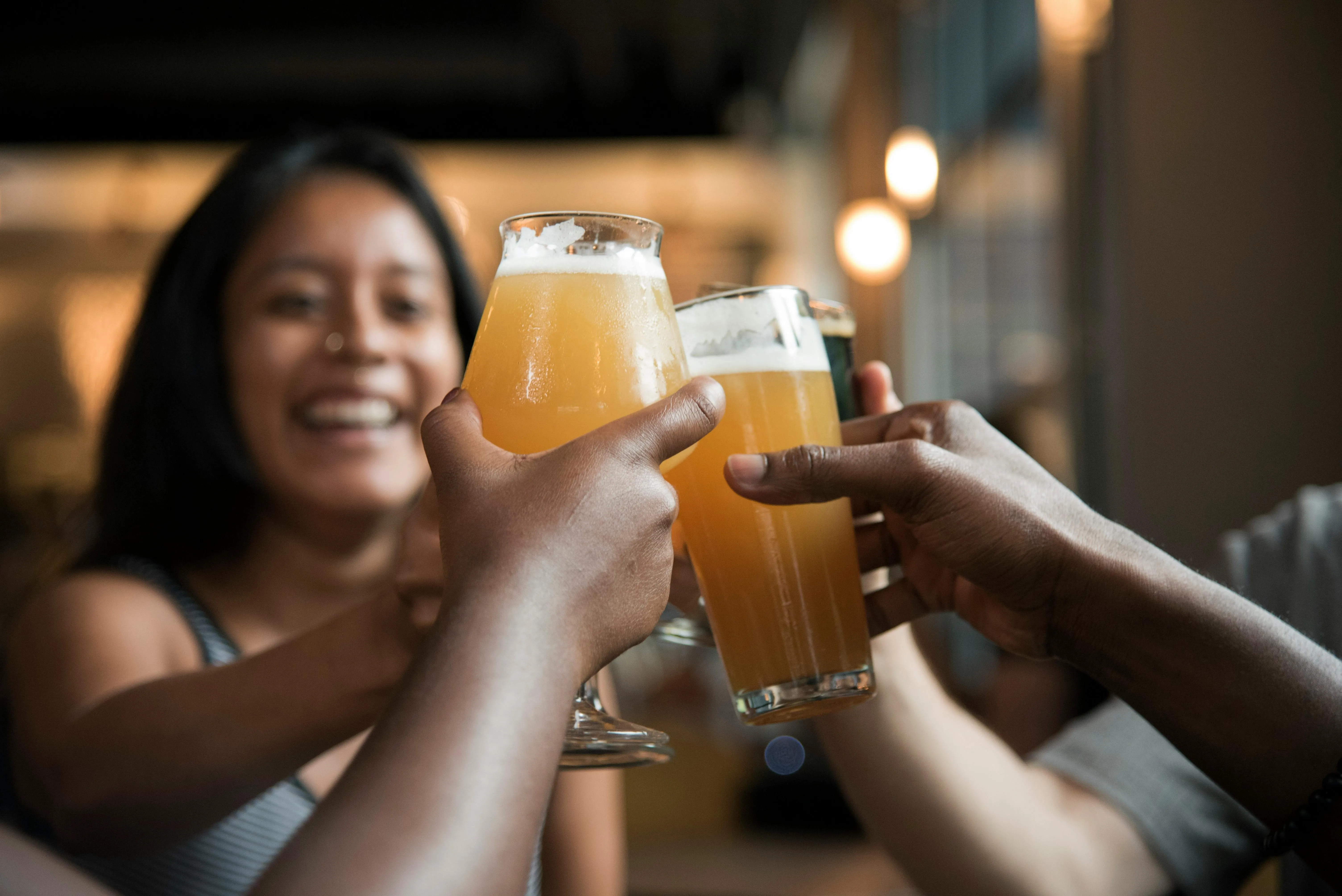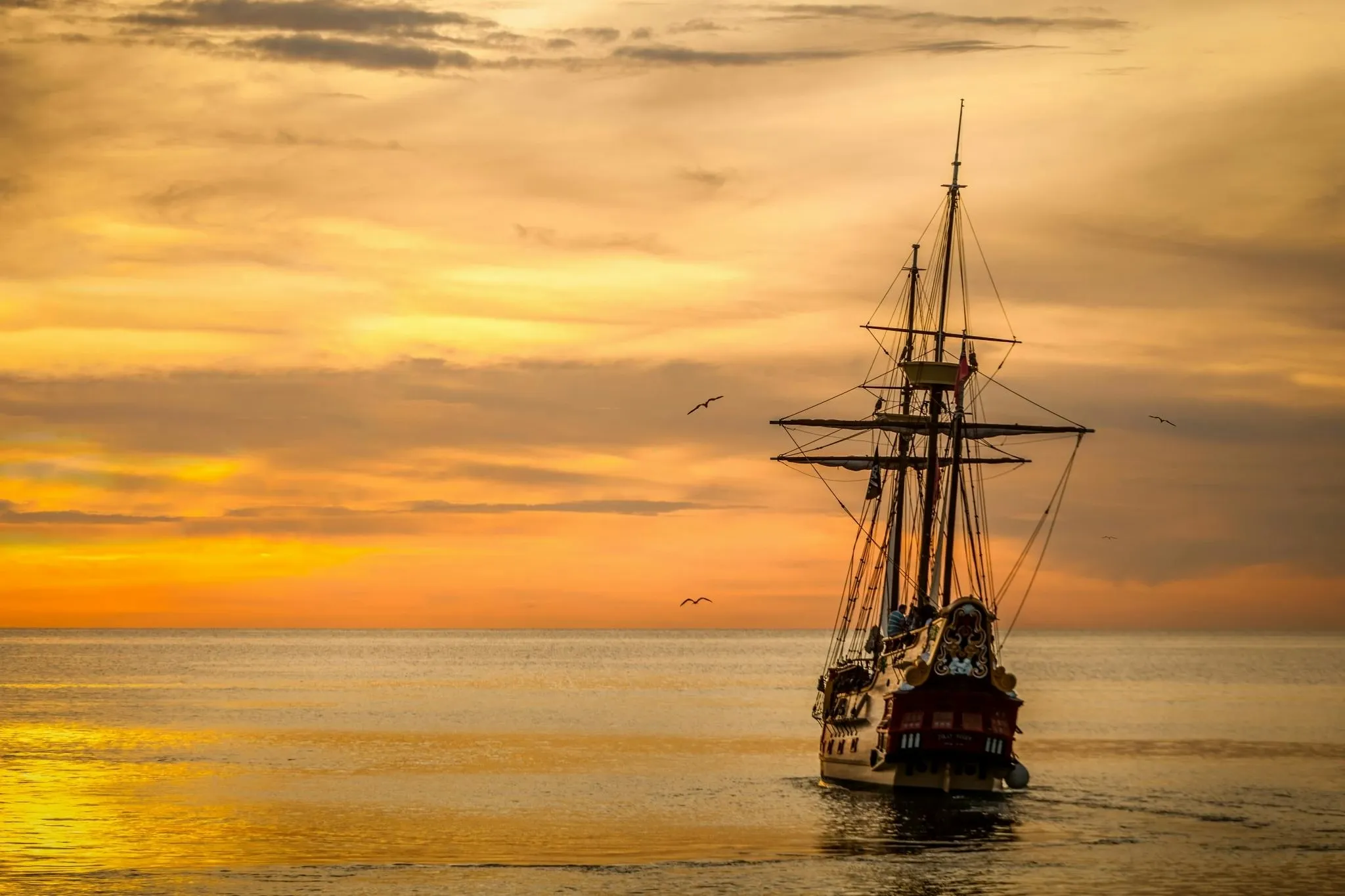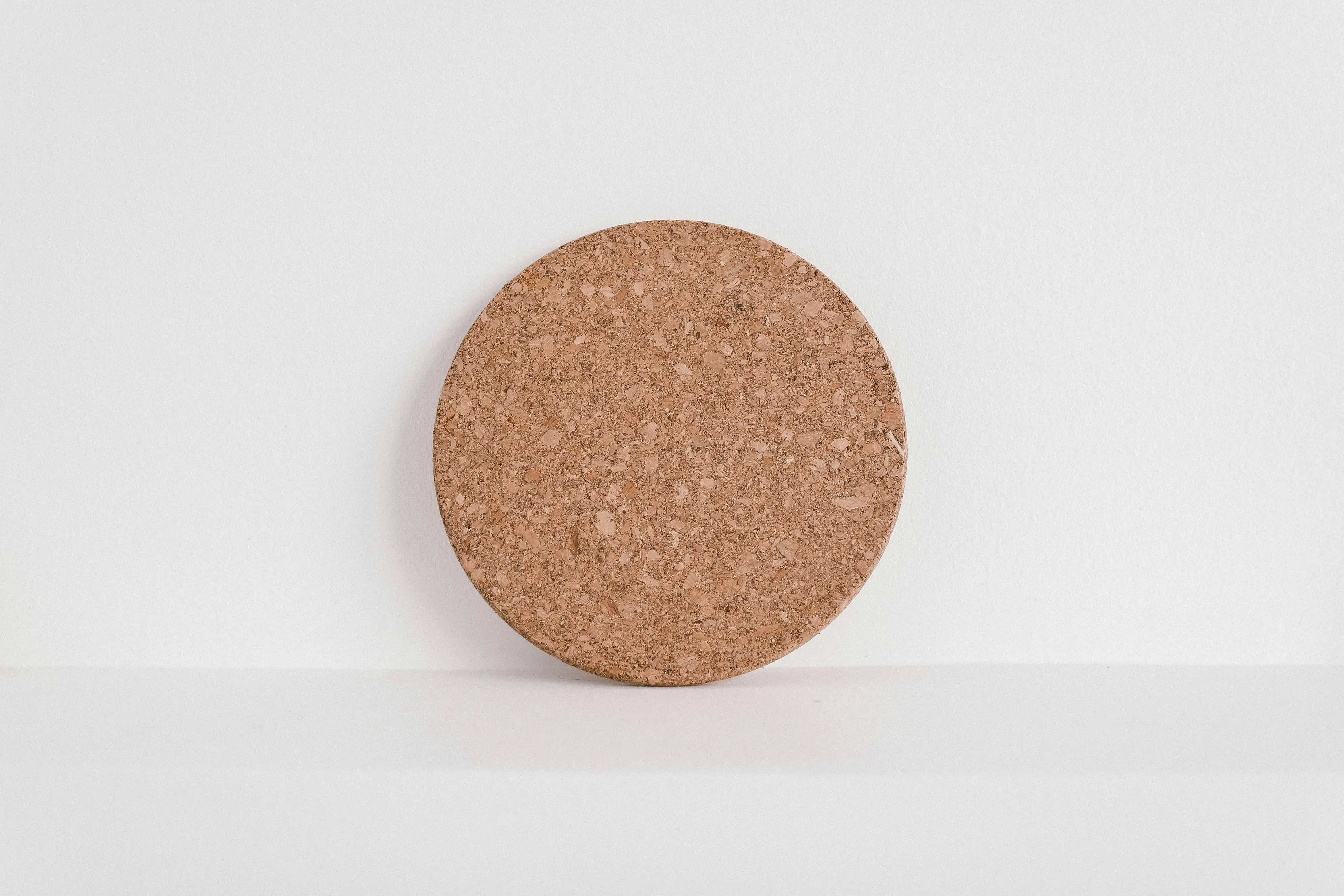Why Are Coasters Called Coasters? (Origins, History, And Naming Quirks)
Understanding the history behind everyday objects can unveil surprising stories, and coasters are no exception. From bars to living rooms, these humble items quietly serve an important purpose, but many still wonder: why are coasters called coasters?
The word links back to nautical and domestic traditions, evolving through centuries of shifting meanings and cultural use. In this guide, we explore the various forms of the question and trace its evolution from maritime origins to household mainstay.

Key Takeaways
- The question of why it is called a coaster highlights public curiosity about language and everyday items.
- The term “coaster” has nautical roots and evolved into domestic drinkware use over time. It once referred to a certain type of maritime vessel.
- Early coasters included trays or mats before modern standardization, and the word “beermat” is sometimes more common in the UK.
- We supply high-quality custom coasters that you can tailor to any aesthetic or practical need, with a range of materials available.
Table of contents
-
Why Are Coasters Called Coasters?
-
How Did The Coasters Get Their Name In The First Place?
-
What Did People Use Before Drink Coasters Were Named?
-
The Origin Of The Word Coaster And Its Historical Usage
-
Why The Name Change Between Beermats Vs. Coasters?
-
Did Coaster Ever Mean Something Else In Drinkware?
Why Are Coasters Called Coasters?
The phrase “Why are coasters called coasters?” is commonly searched as there is a broader fascination with how language forms and transforms. This particular curiosity emerges as it seems peculiar - why would something that doesn’t move be called a “coaster”?
Linguistic inquiry is mainly driven by such curiosity as the impulse to understand how common terms gain meaning takes over. Many everyday items, particularly those found in homes, generate ongoing interest because they are so familiar yet there are many questions to be asked about them.
From a linguistic standpoint, the layering of such questions can help map different entry points into the same historical puzzle. Some variations of the question could stem from technical or etymological curiosity, while others arise from casual wonder.
In any case, the natural curiosity of humans ensures that names like “coasters” are never taken for granted, and we will answer the question in this article. We sell custom print-on-demand coasters, so we speak from a position of knowledge on this subject.

Why Are Drink Coasters Called That?
When people ask why drink coasters are called that, they may mean to distinguish them from other types of “coasters”. These other types include:
- Roller coasters
- Ships
The addition of the word “drink” narrows the definition to drinkware used in household or hospitality settings.
This clarifies the function of the item in question: to protect surfaces from beverage rings, moisture, and heat. “Coaster”, as a standalone term, predates the modern drinkware accessory. But, with the drink prefix, it is distinguished from any other meanings in persisted language. It is not uncommon for words to evolve into more specific phrases when their use diversifies.
In the case of drink coasters, the name gained popularity through marketing and manufacturing in the late 19th and 20th centuries. Drink coaster is the prevailing term in product descriptions, just like tablecloth or placemat, sharpening the image in the public mind.

How Did The Coasters Get Their Name In The First Place?
To understand how coasters got their name, we must look at the word’s etymological journey. According to the Oxford English Dictionary, the word “coaster” originates from the maritime world.
A “coaster” was once a ship that traveled short distances along a coast. This sense of slow movement or steady travel may have metaphorically transferred to the small tray-like item that goes beneath a drink as, in earlier centuries, these were used to slide decanters across a table.
Over time, as language evolved and household customs changed, the term “coaster” became synonymous with the more stationary item we put glasses or cups on. This shift from mobility to support may seem to undermine the original meaning, but this is common in language development.
Today, crafters like to pursue coaster ideas to make at home - such is the popularity of these small household items. A coaster is called a coaster because it retains traces of both movement and function.
Where Did The Name Coaster Come From?
Linguistically, the word “coaster” may be derived from the Old French costier, which means “of the coast”. In turn, this traces back to the Latin word costa, meaning “rib” or “side”. The word initially described ships that navigated the coastlines, entering the English maritime vocabulary early in the 15th century.
So how did that come to mean something you place your drink on? Well, it was a gradual leap. In formal dining settings in the 18th and 19th centuries, people used small trays to slide bottles of wine or spirits along the table. These gained the name “coasters” as their gliding motion went along the “coastline” of the table.
Over time, as drinkware habits evolved, smaller versions of these trays started to be used under glasses and cups. The functional transformation didn’t lead to a change in name, so the word “coaster” gained its modern meaning. Celebrate this curious history by using our custom beer coaster printing service to create your own unique coasters.
Need custom coasters in specific shapes for your event or establishment?
Work with us to create custom shaped coasters in a variety of styles and sizes and choose from an array of materials to get the solutions you want for any need, no matter the occasion.
What Did People Use Before Drink Coasters Were Named?
Before the term “coaster” became standard, people still looked for ways to protect their furniture against threats like spills, heat, or condensation. Common solutions included small linen mats, embroidered doilies, porcelain saucers, and decorative trays. These objects served a similar function but didn’t have that unified name yet.
The materials of these alternatives varied - textile, ceramic, wood - depending on the cultural context and time period. In upper-class households, particularly in the 18th century, bottles of wine were passed using ornate silver or wooden trays. These trays evolved into larger coasters, used not just for movement but also for stationing drinks.
As there was a shift in society towards individual drinkware use in the 19th century, these protective items became smaller and more personal, resulting in what coasters are used for today. That name came into being, as a term previously used for naval vessels was repurposed for tabletop drinkware protection.
The Origin Of The Word Coaster And Its Historical Usage
The origin of the word “coaster” is rich with historical overlap across industries and centuries. Initially, “coaster” described ships that navigated short journeys close to shorelines. This nautical root of the word was the dominant meaning from the 15th century to the 18th century.
However, during the 1700s, the name began to broaden. In elite dining culture, sliding trays used to move bottles around the table were given the name “coasters”. This likely came about as they metaphorically mimicked the gliding motion of coastal ships. As drinking customs shifted, these trays were miniaturized for individual use, evolving into the modern definition of a drink coaster.
This term was further solidified during the Industrial Revolution, when manufacturers adopted the word when marketing decorative and functional items made from cork, wood, and later cardboard. Over time, why coasters are called coasters became an interesting linguistic inquiry.
The Use Of Coaster In The 15th Century
In the 15th century, the only use of the word “coaster” was to describe ships that sailed along coastlines - known as coasting vessels. These ships were used for short-term navigation, playing a crucial role in regional trade throughout Europe.
The term itself derived from Middle English, ultimately stemming from the Latin word costa, which means “side” or “rib”, relating to the land or shoreline. During this period, there was no link between “coaster” and any kind of drinkware or household object. Maritime language was rich with terms describing specific seafaring functions, such as:
- Clipper
- Schooner
- Coaster
The question of who invented the coaster as a table accessory would not have crossed anyone’s mind at this time. Today, you could celebrate this evolution by creating a visual narrative on a set of coasters and using coaster display ideas to put them on show.
The Use Of Coaster In The 19th Century
By the 19th century, the word “coaster” had taken on a new meaning in domestic culture. Social dining became more refined, particularly in Victorian England, and the serving of wine and spirits involved special etiquette.
Bottles were placed on small trays with smooth bottoms, allowing them to “coast” or slide from person to person. These items retained the name “coasters”, derived from their gliding function rather than their shape or material. This overlap between the nautical term and the household object began here, and the Industrial Revolution further cemented it.
In the evolution of tableware, the availability of coasters in homes and public establishment broadened with their mass production from materials like:
- Cork
- Wood
- Metal
Drinkware became more standardized, and smaller individual coasters began to replace larger bottle trays. It’s around this time that the term “drink coaster” emerged. For those wondering why it is called a coaster, this era marked the pivotal semantic shift.
The Use Of Coaster In The 20th Century
In the 20th century, the coasters we know today gained widespread popularity and commercialization. During this time, disposable paper coasters - often called beer mats - were introduced in European pubs and spread globally.
Beermat became the preferred term in Britain, but Americans adopted the more generalized term “coaster”. During this century, we saw a shift from fabric or wood coasters to materials like:
- Cardboard
- Cork
- Rubber
The rise of advertising also played a role. Businesses would print their logos and messages on coasters and custom beer mugs, turning drinkware into promotional tools. Coasters became both functional and collectible.
Coasters are called coasters in this context because the legacy of those original sliding trays merged with mass-produced practicality. By the mid-20th century, “coaster” firmly described an item that you place beneath drinks for protection, marketing, and aesthetics. The term was solidified across global English, making it the modern object we recognize today.
Create custom personalized coasters to protect tabletops and enhance your decor
Work with us to create custom coasters in a range of styles and materials and add your personalized designs to enjoy unique looks with no compromise on performance.
Explore optionsWhy The Name Change Between Beermats Vs. Coasters?
The divergence between “beermats” and “coasters” primarily comes down to regional vocabulary. In the UK, beermat is still commonly used, particularly in pubs and breweries. This term refers specifically to thin cardboard coasters that absorb moisture from pint glasses.
Meanwhile, in the United States and elsewhere in the world, “coaster” is the dominant term, encompassing a broader variety of materials and settings beyond beer glasses. This linguistic divide may stem from things like:
- Marketing choices
- Cultural preferences
- Product development trends
British pubs retained the more beer-specific branding, and beer mats are made from cardboard. American manufacturers, meanwhile, emphasized home decor, leading to a wider use of “coaster”.
Additionally, why a coaster is called a coaster gained relevance in the U.S. due to branding that reconnected the item to its earlier domestic use. Beermats tend to be more temporary and utilitarian, while coasters have evolved into long-lasting, decorative items.

Did Coaster Ever Mean Something Else In Drinkware?
The term “coaster” has referred to more than just individual mats under drinks. In earlier centuries, particularly the 18th and 19th, “coaster” often described shallow, rimmed trays made from wood or silver.
The primary purpose of these trays was to support and pass decanters or bottles around the dining table. Known as “bottle coasters”, these items were larger and more ornate than the modern drink coaster. They were often associated with formal dining.
Over time, individual drinkware became more common. This meant that these larger serving coasters gradually became smaller and evolved into what we now call drink coasters. The transition diluted the older meaning, and the older form is now mostly considered an antique or collector’s item. But the name persisted and adapted.
Work with us to create custom reusable coasters from a wide range of materials and apply your personalized designs.
Need customized coasters in bulk for events or establishments?
When you work with us, you can take advantage of our generous wholesale discounts to get your personalized coasters in any quantity you need at affordable prices.
Frequently Asked Questions About Why Are Coasters Called Coasters
Why Is A Coaster Called A Coaster?
The term originates from earlier uses of the word that involved gliding or sliding motions. This resembled ships that coasted along shores and, over time, this movement-based terminology was applied to the small mats that go under drinks.
How Did The Coasters Get Their Name?
The name evolved from maritime and dining traditions. Initially used for ships, then trays used for decanters, the word “coaster” eventually referred to smaller tabletop items designed to protect surfaces.